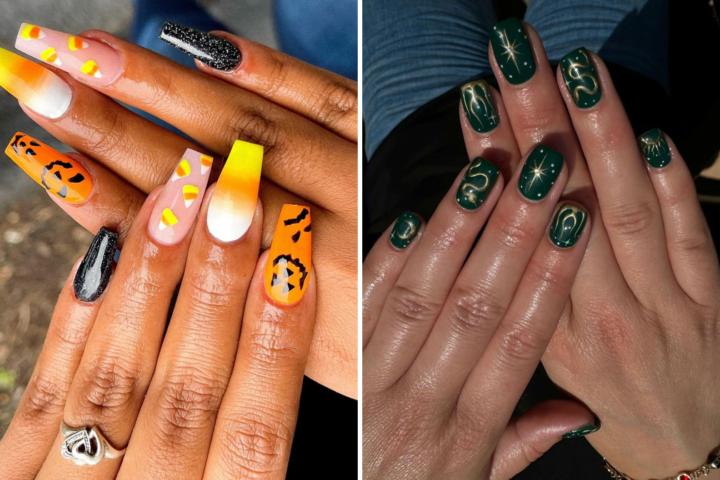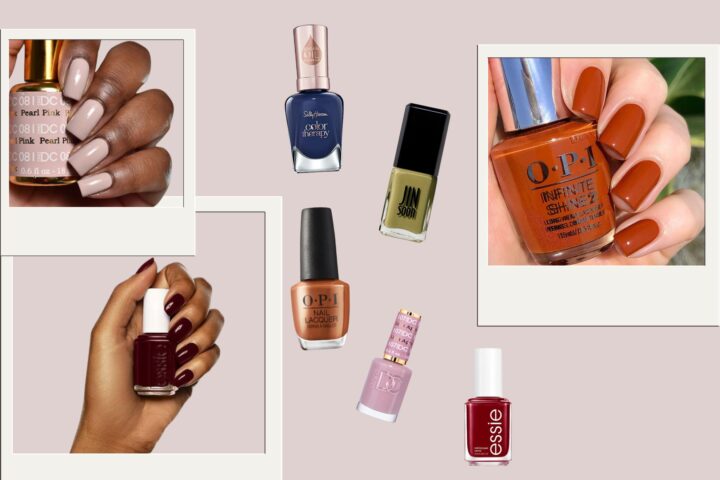For a long time, perfume in China was less about fragrance and more about code. A Dior, Chanel, Maison Margiela bottle on the vanity was shorthand for cosmopolitan belonging—a global stamp of approval.
Shanghai’s scent revolution is happening offline and online
Walk through Shanghai today, and you’ll notice something different. The perfume conversation is no longer dominated by logos or status symbols—it’s unfolding on Xiaohongshu feeds, at pop-up ateliers in Jing’an, Xuhui district, and in the quiet rituals of young consumers who are less concerned with recognition and more with experience, intimacy, and emotion.
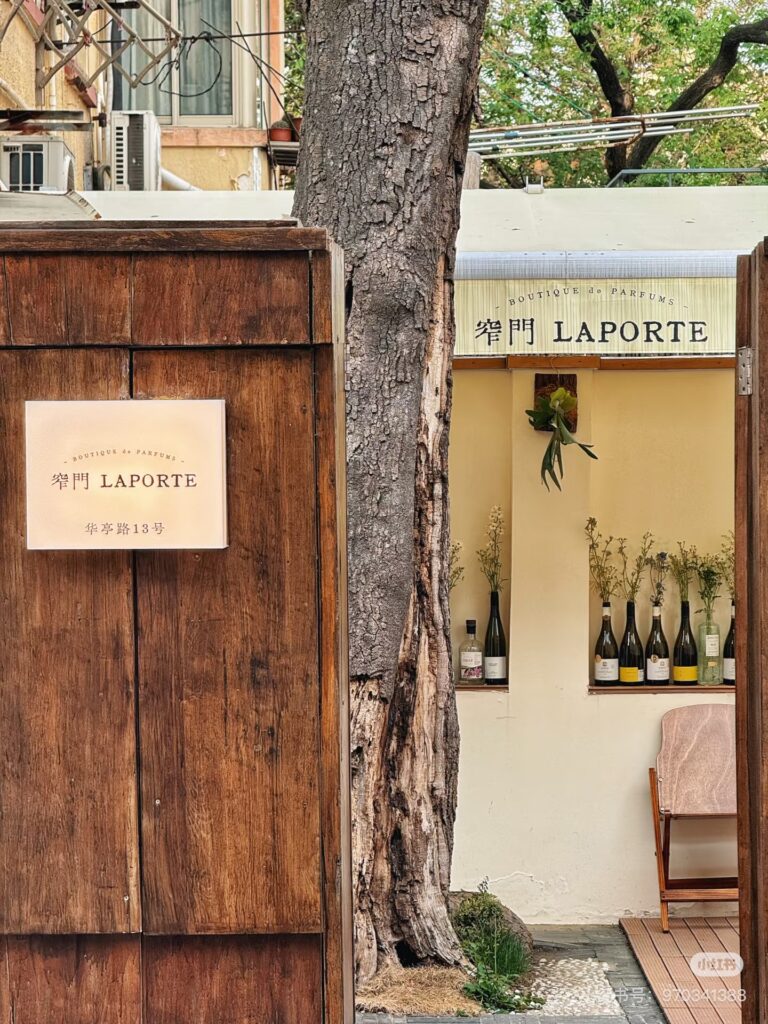
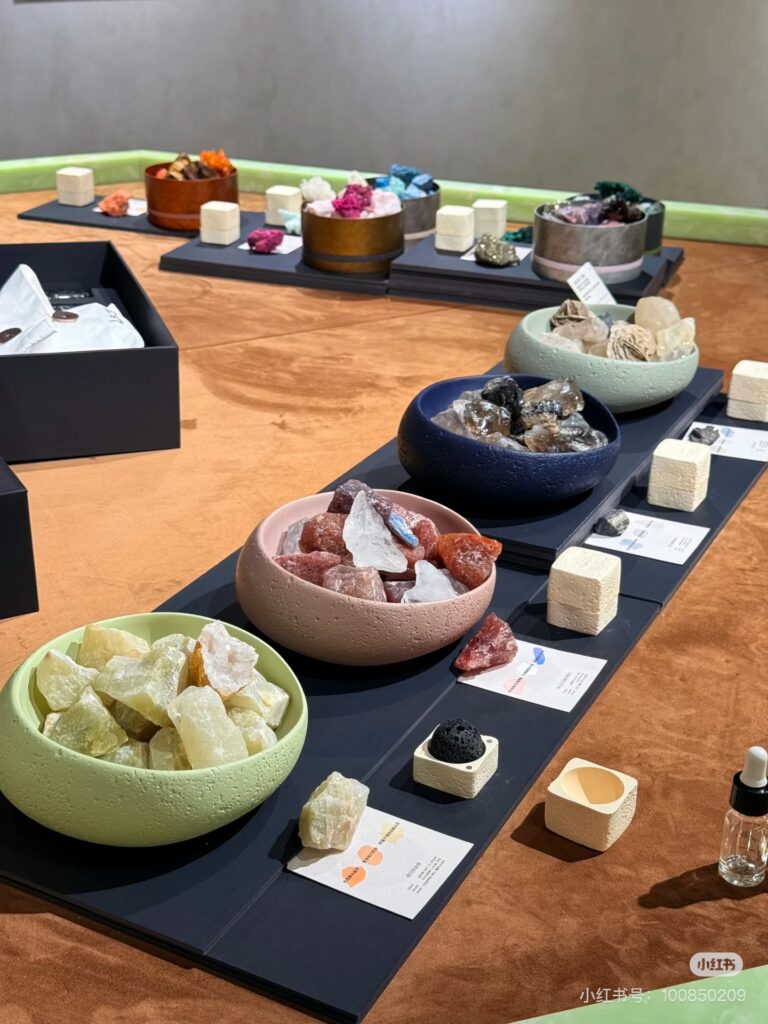
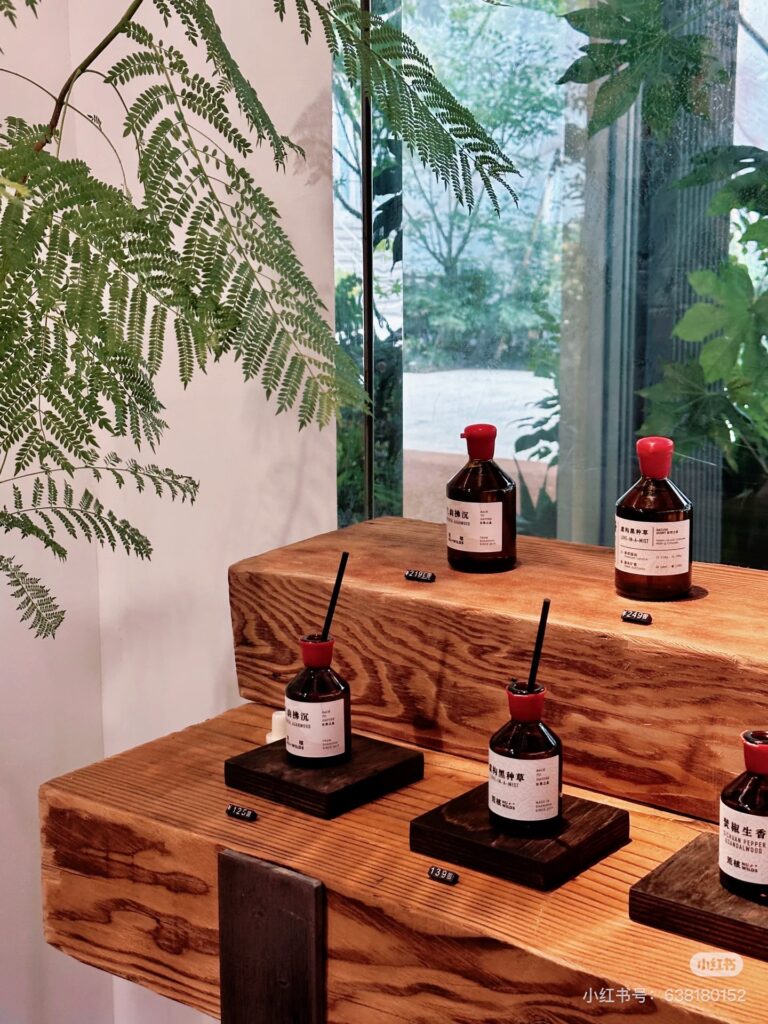
Why local disruptors are rising
Local brands leading the wave
1. To Summer 观夏
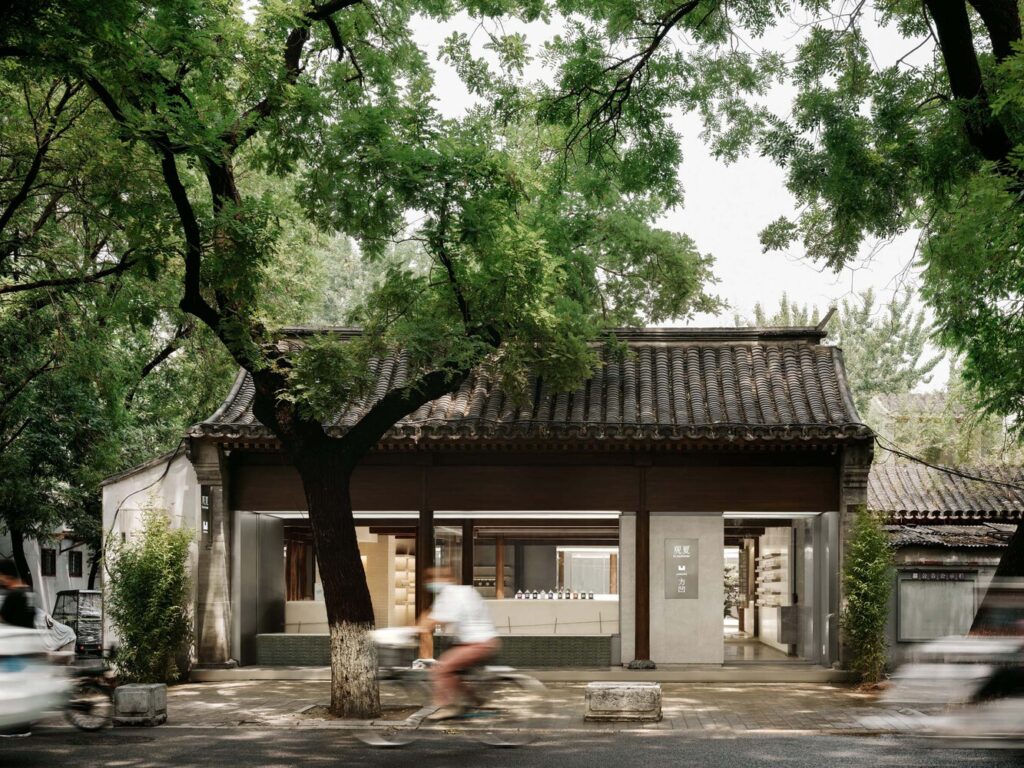
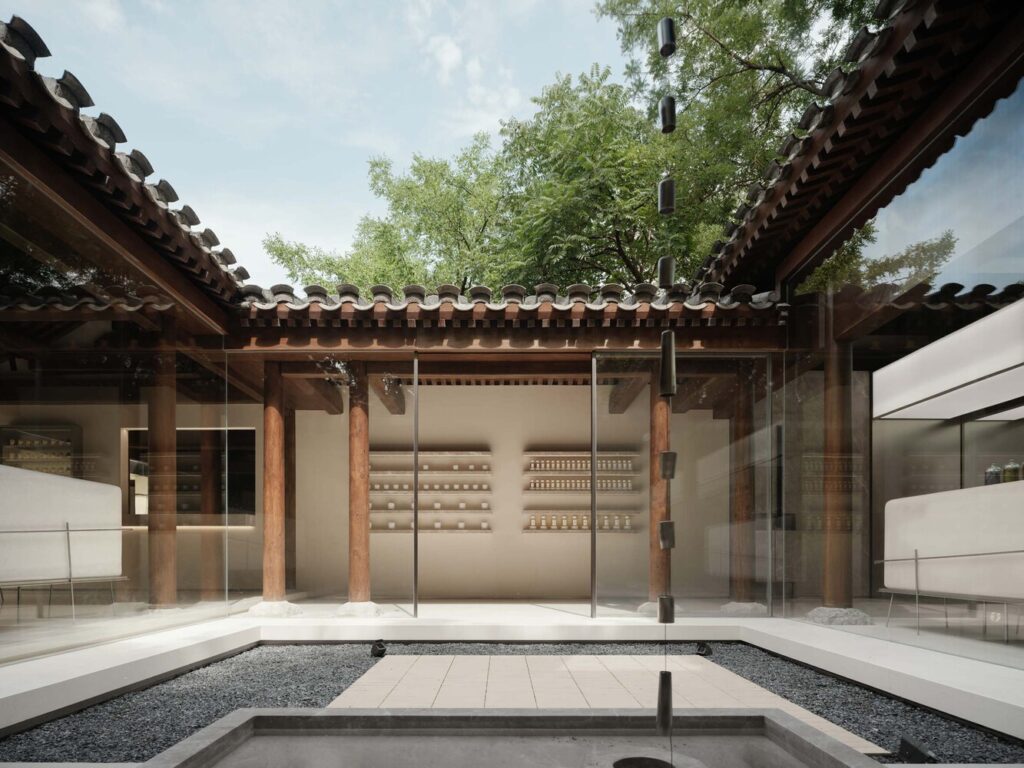
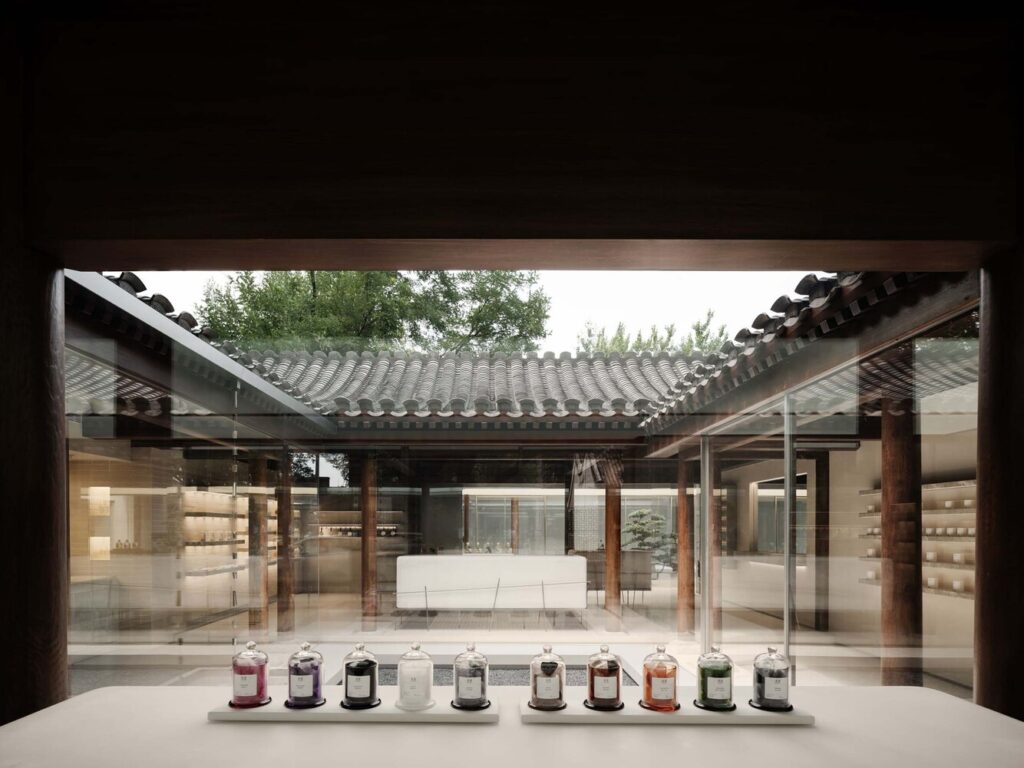
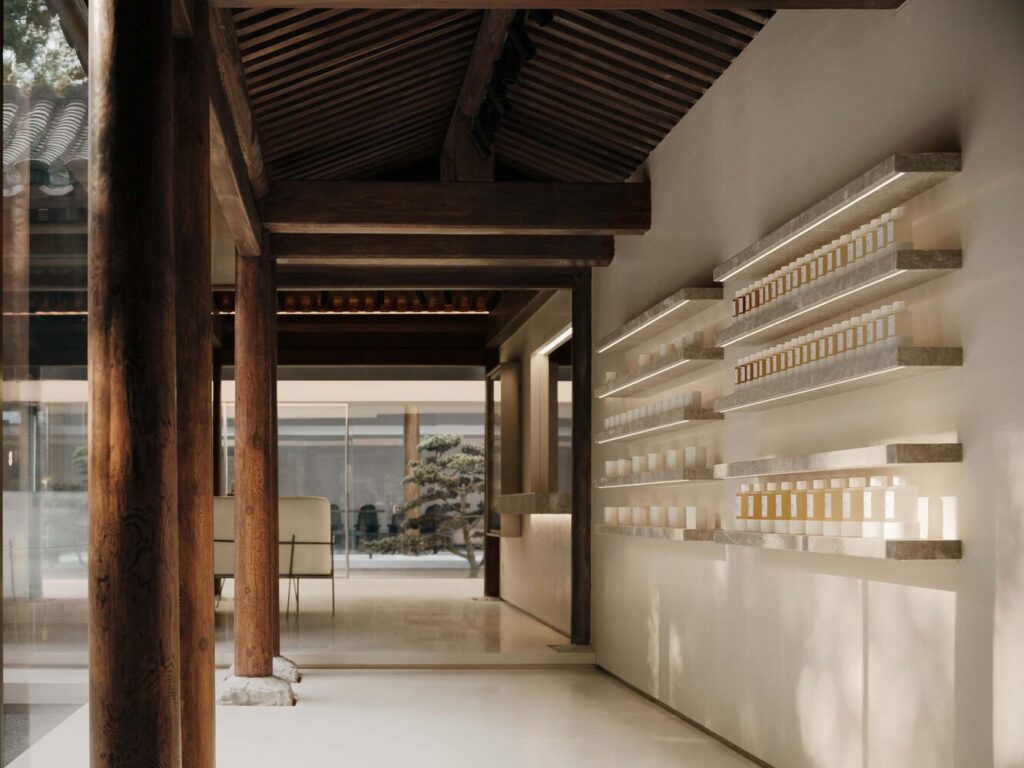
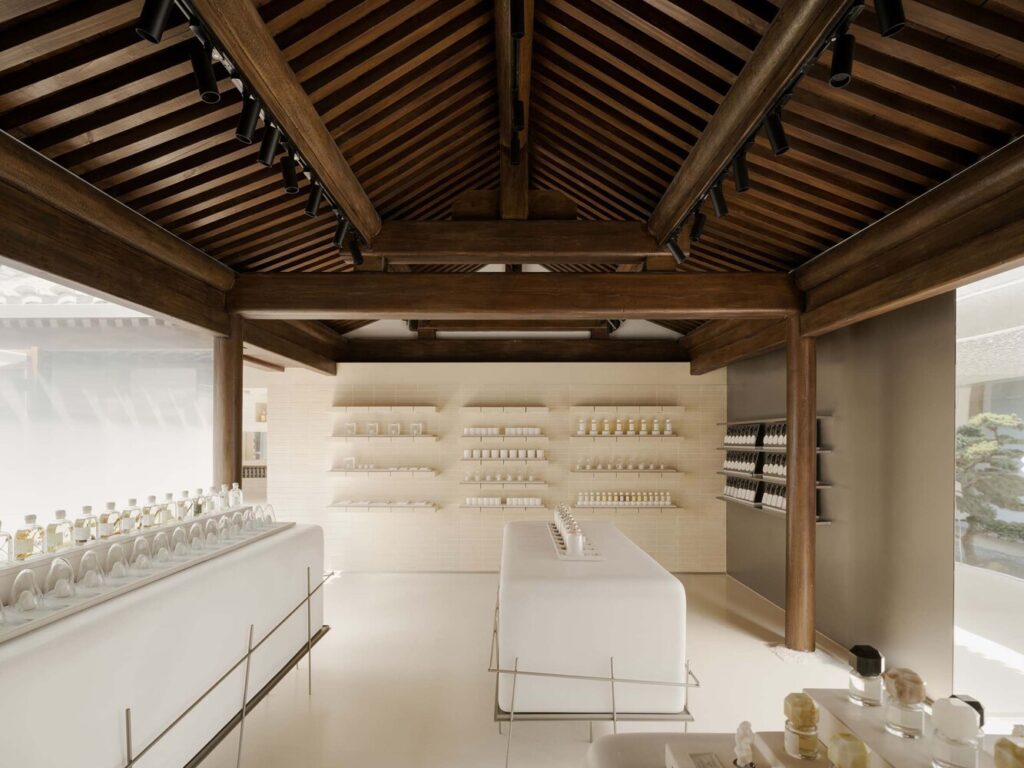
2. New Theatre 气剧
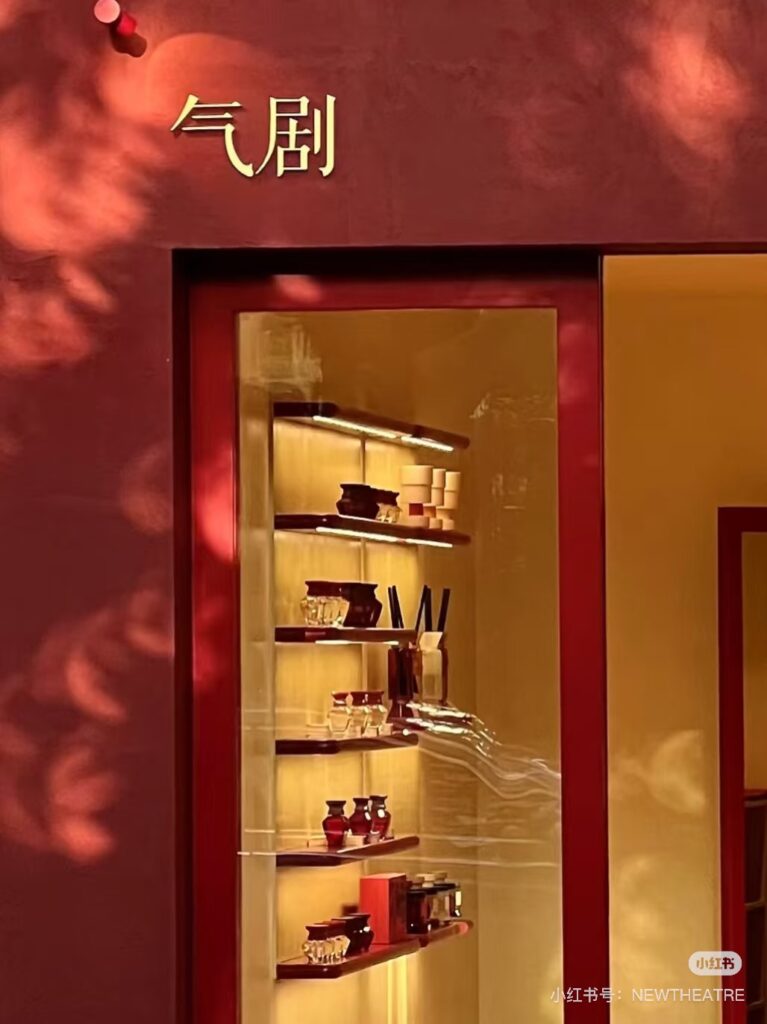
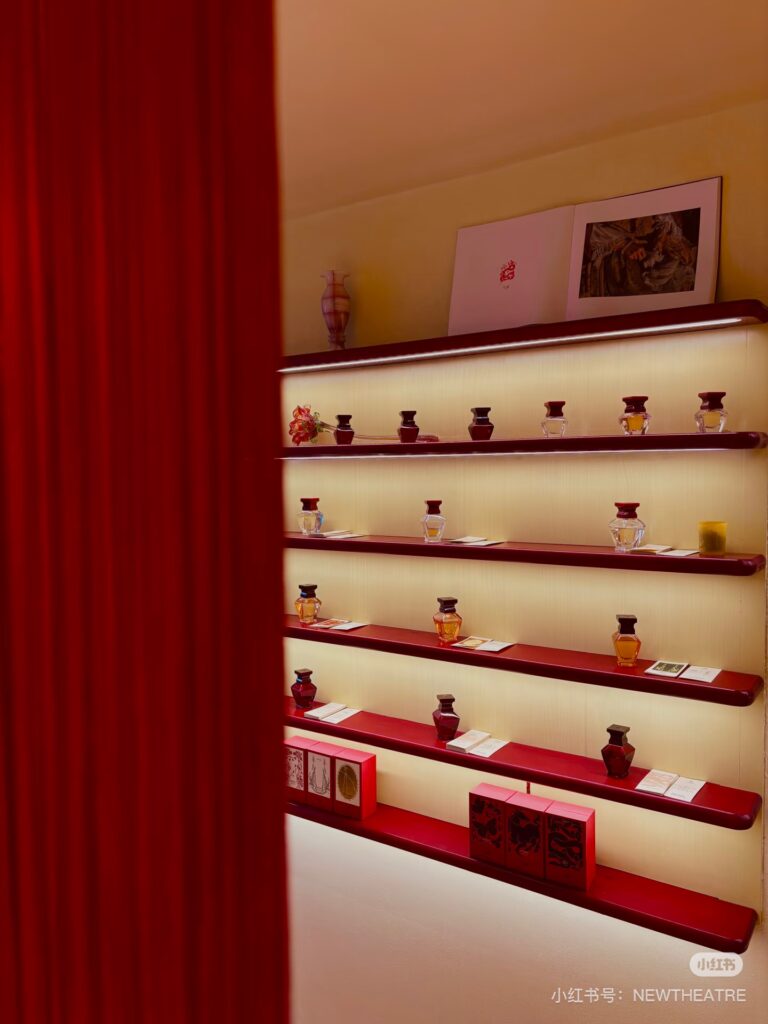
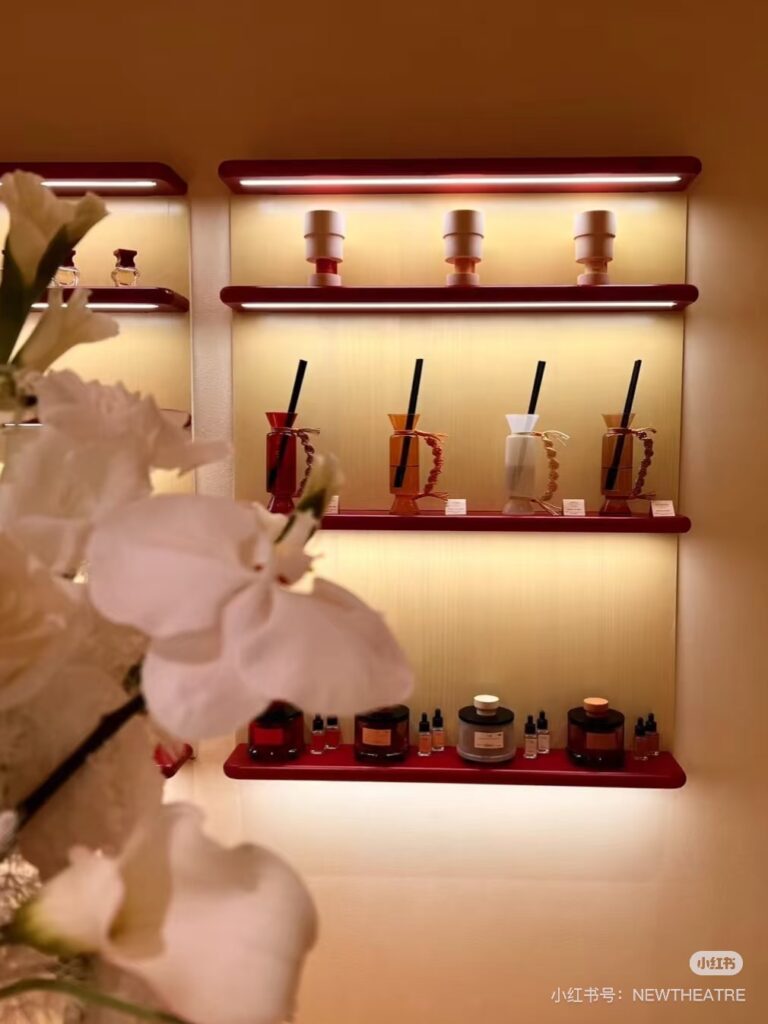
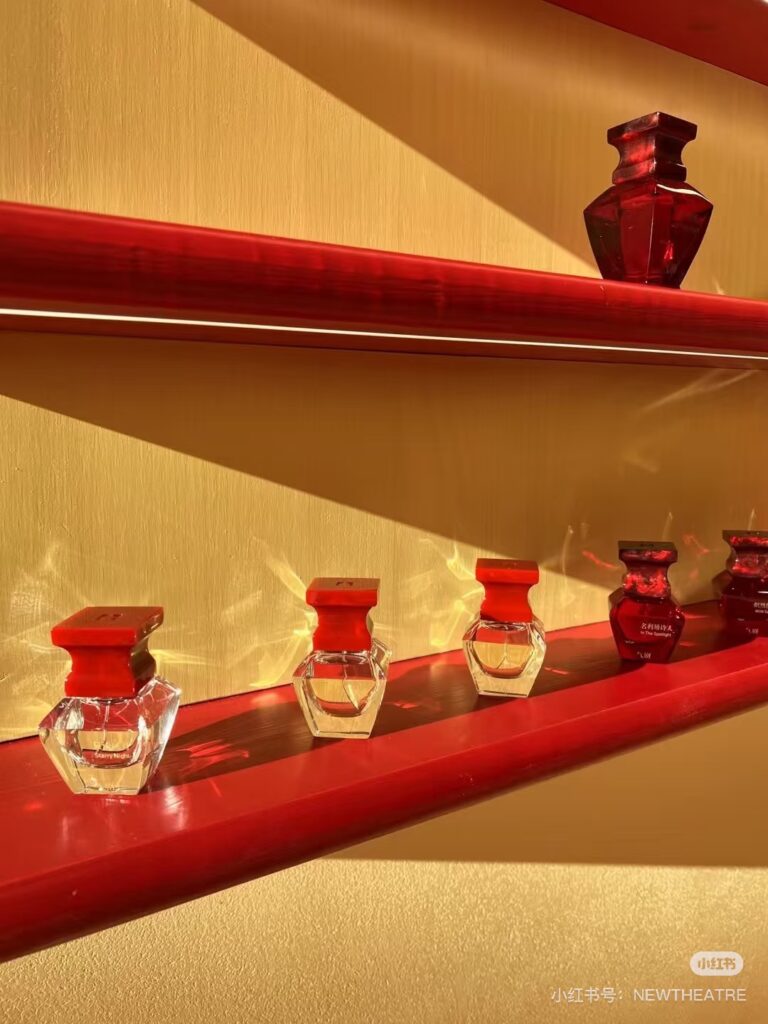
What makes New Theatre particularly distinctive is its deeply personal approach to naming and storytelling. Every perfume carries an emotional narrative drawn from ordinary yet profound moments—whether fleeting atmospheres, subtle shifts in mood, or shared human experiences. Names like 雨夜探戈 (In the Mood for Love), 行至天光 (Till the Sunrise), 我非观赏物 (Self Portrait), and 名利场诗人(In the Spotlight), allowing wearers to see their own stories reflected in the scent.
3. Document 闻献




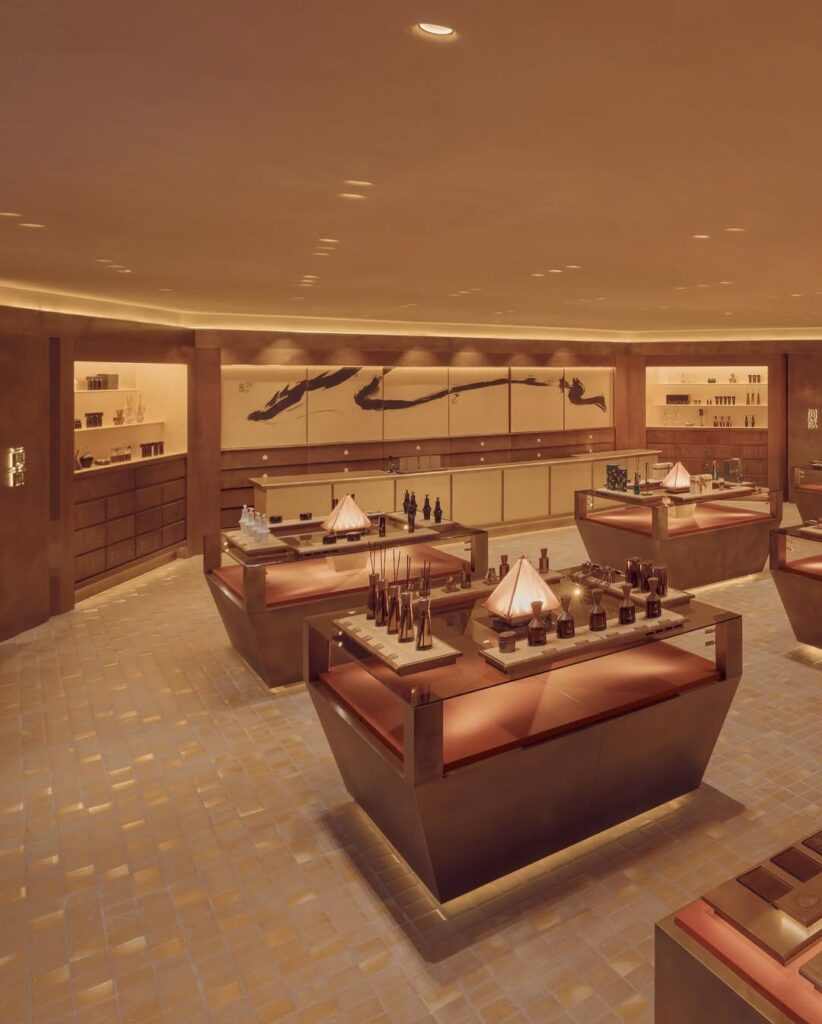
A perfume priced at around $243 could come not only from Chanel or Hermès, but also from a Chinese brand. DOCUMENTS, founded in 2021 in Shanghai, positions itself as a high-end Chinese fragrance house crafting novel, high-concentration perfumes (20–30% oil).












